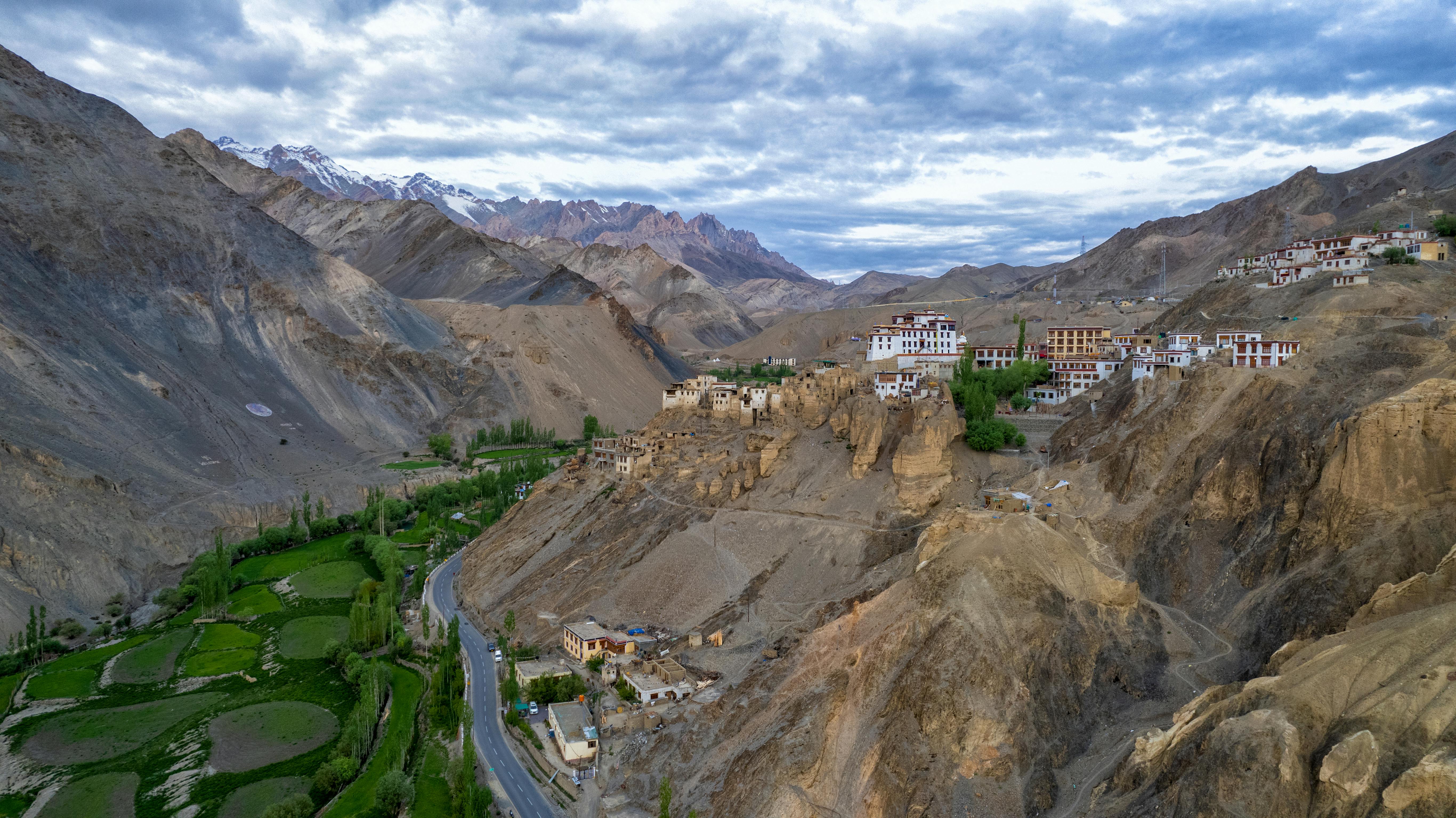Lamayuru Monastery History: A Journey into Ladakh’s Oldest Monastery

Strong 8k brings an ultra-HD IPTV experience to your living room and your pocket.
Lamayuru Monastery History
Located amidst the barren and surreal landscape of Ladakh, Lamayuru Monastery is not just a religious site—it is a historical gem that reflects the spiritual and cultural heritage of Tibetan Buddhism in India. This ancient monastery is renowned for its rich past, mystic legends, and breathtaking location. In this blog, we will delve deep into the Lamayuru Monastery history, explore its cultural significance, discover its location, and guide you on the best time to visit.
What is Lamayuru Monastery?
Lamayuru Monastery, also known as Yuru Gompa, is a Tibetan Buddhist monastery located in the Ladakh region of Jammu and Kashmir, India. Perched at an altitude of 3,510 meters (11,520 feet) above sea level, it is one of the oldest and largest monasteries in Ladakh.
🕉️ Lamayuru Monastery History – A Deep Dive
The Lamayuru Monastery history dates back to the 11th century, making it one of the earliest centers of Buddhist learning and meditation in the region. According to historical records and legends:
- The monastery was founded by Mahasiddha Naropa, a revered Indian Buddhist yogi and teacher. It is said that he dried up a lake that once covered the site, allowing the foundation of the monastery.
- Lamayuru originally belonged to the Bon religion, the indigenous faith of Tibet, before it was converted into a Buddhist monastery under the Drikung Kagyu sect.
- Over time, it became affiliated with the Red Hat sect of Tibetan Buddhism, particularly the Drikung and Gelugpa orders.
- The monastery complex once housed up to 400 monks, though today around 50 permanent resident monks maintain its spiritual legacy.
- The ancient prayer halls, frescoes, thangkas (Buddhist paintings), and stupas offer insights into the rich art and religious philosophy of Tibetan Buddhism.
The Lamayuru Monastery history is deeply intertwined with myths, including the belief that it was originally built by celestial beings and blessed by great masters like Naropa and Atisha. Its name, “Lamayuru,” is believed to mean “Eternal Monastery,” a nod to its ancient and sacred origins.
📍 Location of Lamayuru Monastery
Lamayuru Monastery is located in the Leh–Kargil road, approximately 125 km west of Leh, in the Leh district of Ladakh, India. The region is often referred to as the “Moonland” due to its dramatic and moon-like terrain.
- Distance from Leh: 125 km
- Nearest Airport: Kushok Bakula Rimpochee Airport, Leh
- Coordinates: 34.2831° N, 76.7750° E
Its remote location adds to its charm, offering visitors a serene and meditative experience amidst the grandeur of the Himalayas.
Read more: earthXplored.com
📅 Best Time to Visit Lamayuru Monastery
The best time to visit Lamayuru Monastery is from May to September. During this period:
The weather is pleasant with clear skies and accessible roads.
The annual Yuru Kabgyat Festival is celebrated in June or July, featuring colorful cham (mask) dances and Buddhist rituals, making it the most vibrant time to visit.
Avoid winter months (October to March) as the area becomes extremely cold and may experience road closures due to snow.
📸 Things to Do at Lamayuru Monastery
- Explore the main prayer hall (du-khang) with ancient thangkas and statues.
- Attend early morning chanting and rituals with the resident monks.
- Trek around the Moonland terrain and capture panoramic views of the Himalayas.
- Visit nearby monasteries like Alchi, Rizong, and Wanla.
Note: IndiBlogHub features both user-submitted and editorial content. We do not verify third-party contributions. Read our Disclaimer and Privacy Policyfor details.


